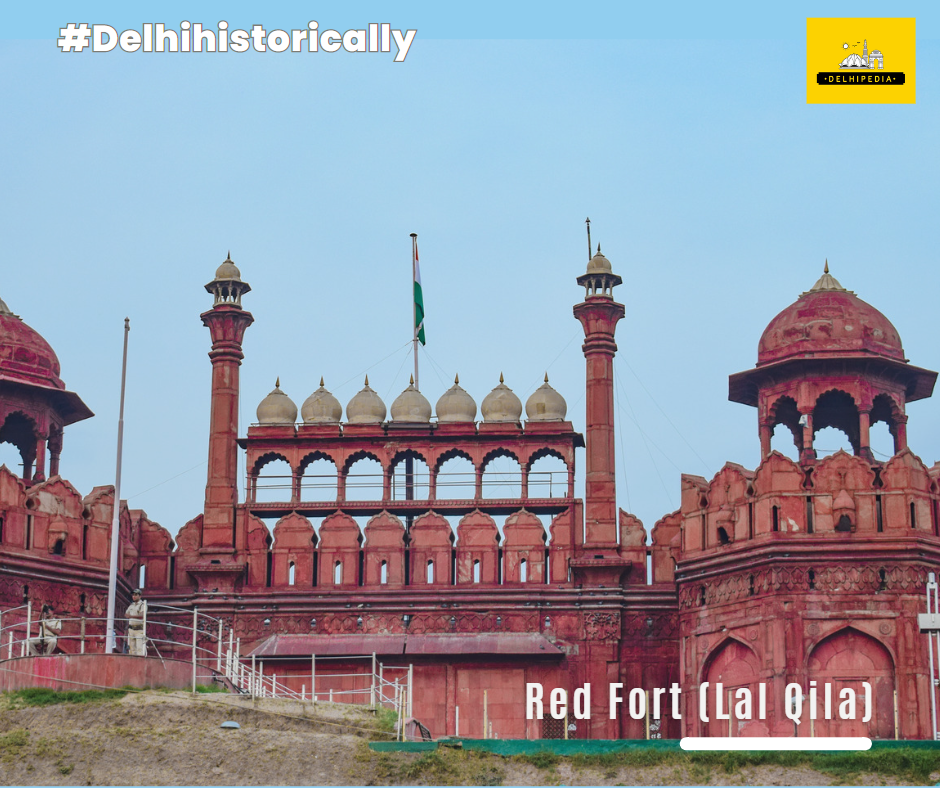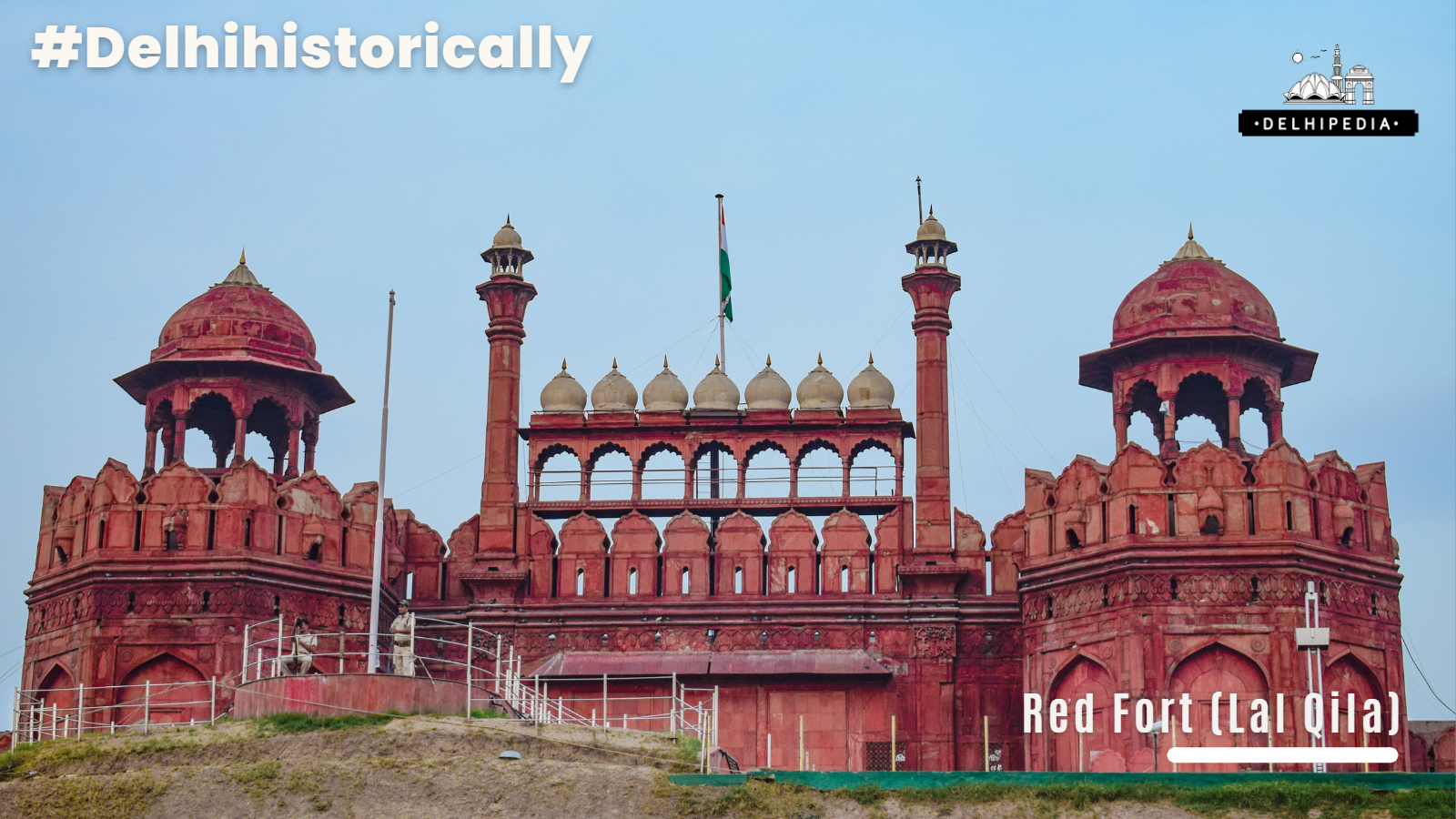Imperial Magnificence: Unveiling the Timeless Beauty of the Red Fort
The Red Fort, or Lal Qila, holds a significant place in Indian history. Construction of the fort was commissioned by Emperor Shah Jahan, the fifth Mughal emperor, in 1638. It was a reflection of his grand vision and served as the main residence for the Mughal emperors. The fort’s name, Red Fort, is derived from its red sandstone walls.
The construction of the Red Fort took around a decade to complete and involved thousands of workers. The fort was designed by Ustad Ahmad Lahori, a renowned architect of that time who was also responsible for building the iconic Taj Mahal. The fort’s design is a harmonious blend of Persian, Islamic, and Indian architectural styles.
For over two centuries, the Red Fort witnessed the glory and splendor of the Mughal Empire. It served as the center of political power, hosting grand ceremonies, royal processions, and public audiences. The fort’s magnificent halls, pavilions, and gardens were adorned with intricate marble work, precious stones, and elaborate decorations.
However, the Red Fort faced turbulent times as well. In 1739, it suffered extensive looting and destruction when Nader Shah, the Persian invader, plundered Delhi. Many of its priceless treasures and artworks were lost during this period.
Another significant event in the fort’s history was the Indian Rebellion of 1857, also known as the First War of Independence. Following the uprising, the British demolished several structures within the fort, including the exquisite marble buildings. The fort’s defensive walls, however, remained intact.
Despite the loss and destruction, the Red Fort continues to be a symbol of resilience and national pride. After India gained independence in 1947, Jawaharlal Nehru, the country’s first prime minister, hoisted the Indian flag at the Red Fort, marking the beginning of a new era. Since then, the fort has been a focal point of India’s Independence Day celebrations, where the prime minister addresses the nation from its ramparts.
Today, the Red Fort stands as a remarkable testament to Mughal architecture and the rich history of India. It attracts numerous visitors who marvel at its grandeur, explore its beautiful gardens, and delve into the fascinating stories of the Mughal era.





